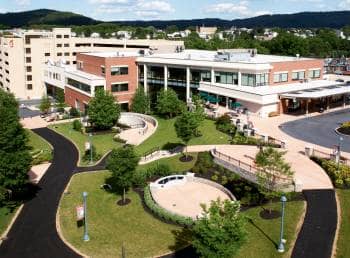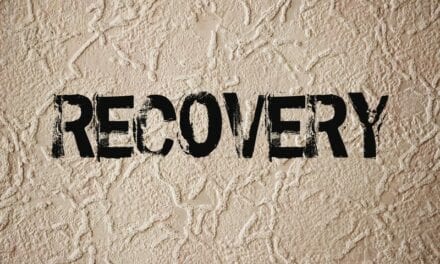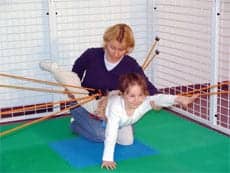By David Douglas
NEW YORK (Reuters Health) – An initial evaluation of "photobiostimulation" using a device that delivers infrared laser radiation to the cranium indicates that it is safe and enhances outcomes in ischemic stroke patients, researchers report in the June issue of Stroke.
Results of the NeuroThera Effectiveness and Safety Trial-1 (NEST-1) study "are encouraging and indicate the potential of near infrared energy for the treatment of ischemic stroke within 24 hours of stroke onset," investigator Dr. Sanja Ilic told Reuters Health.
Dr. Ilic of Photothera, Carlsbad, California, manufacturers of the NeuroThera device, and colleagues explain that infrared energy is non-ionizing and can penetrate deeply into the brain. "The putative mechanism for infrared laser therapy in strokes involves the stimulation of mitochondria, which then leads to preservation of tissue in the ischemic penumbra."
NeuroThera treatment consists of delivering laser energy "via a fiberoptic cable to a handheld probe that is placed over the shaved head of the patient by a trained operator."
The researchers conducted a double-blind randomized trial in which 79 stroke patients were given active treatment and 41 received sham treatment at a mean of 17-18 hours after stroke onset. Outcome measures were based on National Institutes of Health Stroke Scale scores and others including the Barthel Index and the Glasgow Outcome Scale.
More of the patients in the active treatment group had successful outcomes (70%) than was the case in the control group (51%). The difference remained significant when stratified by severity and time to treatment as well as by severity alone, Dr. Ilic and colleagues report.
At 90 days, the active treatment group continued to show more successful outcomes (59%) than the control group (44%). The difference remained significant after stratification and held good when various outcome measures were employed.
Mortality in the active treatment group was 8.9% compared to 9.8% in the control group. For serious adverse events, the corresponding rates were 25.3% and 36.6%.
The results, the investigators conclude, "suggest that infrared laser therapy may benefit a broad spectrum of stroke patients without increasing the rate of adverse events."
Dr. Ilic added that "a larger confirmatory trial — NEST-2 — is underway to demonstrate the safety and effectiveness of the NeuroThera system for FDA clearance."
Stroke 2007;38:1843-1849.




